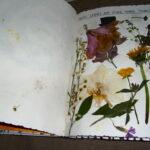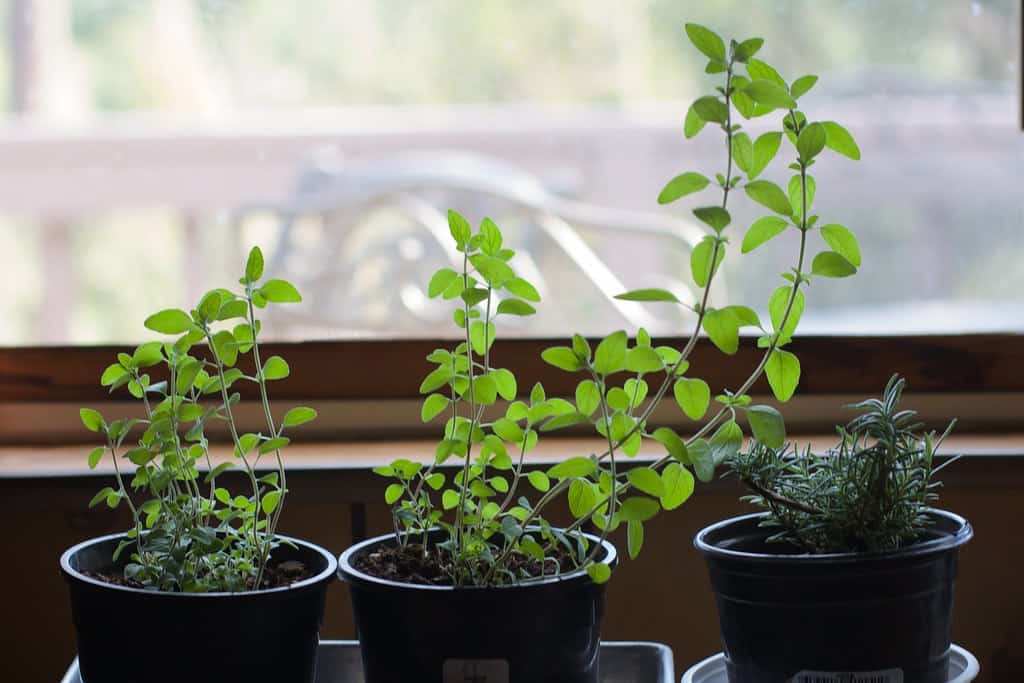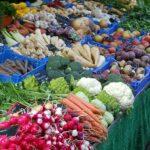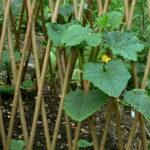Take a tour of Little Tree Food Forest and see how it has grown. Little Tree Food Forest is an experiment in edible landscaping in a small space. Support Little Tree Food Forest’s publications on Amazon or our Etsy shop to help us expand our space into a full fledge permaculture food forest farm.
Edible Landscaping: How to Create a Food Forest in Your Small Backyard
Are you tired of mowing your lawn every weekend or looking out at your barren backyard? Why not transform your outdoor space into a beautiful and bountiful food forest? Edible landscaping, or the practice of incorporating edible plants into your landscape design, is a sustainable and delicious way to beautify your yard while also providing fresh produce for your family.
Creating a food forest, which is a garden that mimics the structure and function of a natural forest, is a great way to maximize your food production in a small space. By incorporating plants that grow at different heights and with different root systems, you can create a self-sustaining ecosystem that requires minimal maintenance.
In this article, we’ll take you through the steps to creating your own food forest in your small backyard.
Step 1: Assess Your Space and Soil
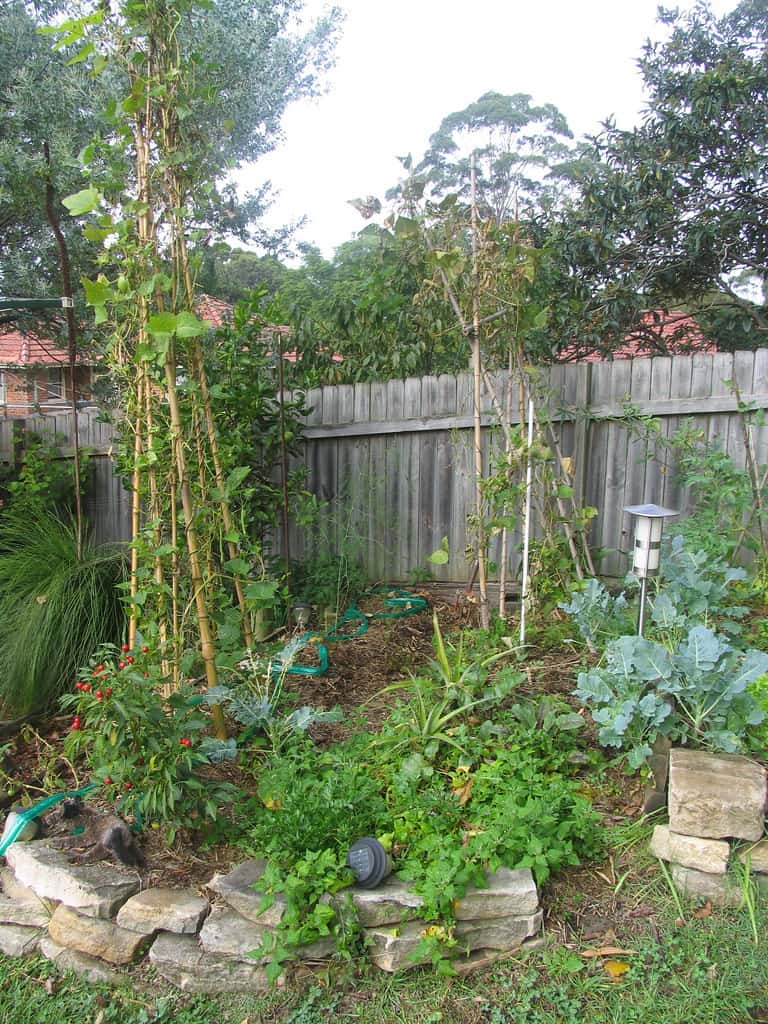
Before you begin, it’s important to assess your space and soil. Observe the amount of sunlight your backyard receives, as well as any microclimates that may exist. For example, if you have a shady area that stays cool, you can plant crops that thrive in cooler temperatures, such as leafy greens or herbs.
It’s also important to test your soil to determine its pH level and nutrient content. You can purchase a soil test kit from your local garden center or cooperative extension office. Once you know the results, you can adjust the soil’s pH level and amend it with organic matter to provide nutrients for your plants.
Step 2: Plan Your Food Forest Design
Once you’ve assessed your space and soil, it’s time to plan your food forest design. Sketch out a rough plan of where you want to plant each crop, taking into consideration the height and root system of each plant. You’ll want to plant taller trees and shrubs on the north side of your garden to avoid shading smaller plants, while shorter plants can be placed in sunnier areas.
Consider incorporating companion planting, which is the practice of planting certain crops together that benefit each other. For example, planting nitrogen-fixing plants like legumes near fruit trees can improve soil health and provide nutrients to the fruit trees.
Step 3: Choose Your Plants
When choosing your plants, consider selecting a mix of fruit trees, berry bushes, herbs, and vegetables. Some popular fruit tree options include apple, cherry, and pear trees, while berry bushes like raspberries, blueberries, and blackberries are easy to grow and maintain. Herbs like basil, thyme, and oregano can be grown in pots or in a designated herb garden area, while vegetables like tomatoes, peppers, and cucumbers can be trained to grow vertically to save space.
Step 4: Plant Your Food Forest
Before planting, make sure to amend your soil with organic matter and plant your crops according to your design plan. Water your plants thoroughly and mulch around them to retain moisture and suppress weeds. Consider installing a rain barrel or other water catchment system to conserve water and reduce your water bill.
Step 5: Maintain Your Food Forest
Maintaining your food forest is easy and requires minimal effort. Make sure to water your plants regularly and mulch around them to prevent weeds from growing. Prune your fruit trees and berry bushes in the dormant season to promote healthy growth and fruit production.
Harvest your crops as they ripen, and enjoy the fruits of your labor! You can preserve excess produce by canning, freezing, or dehydrating them to enjoy later in the year.
Creating a food forest in your small backyard is a sustainable and delicious way to beautify your outdoor space while providing fresh produce for your family.
Check out Little Tree Food Forest for articles on food forests and homesteading.







